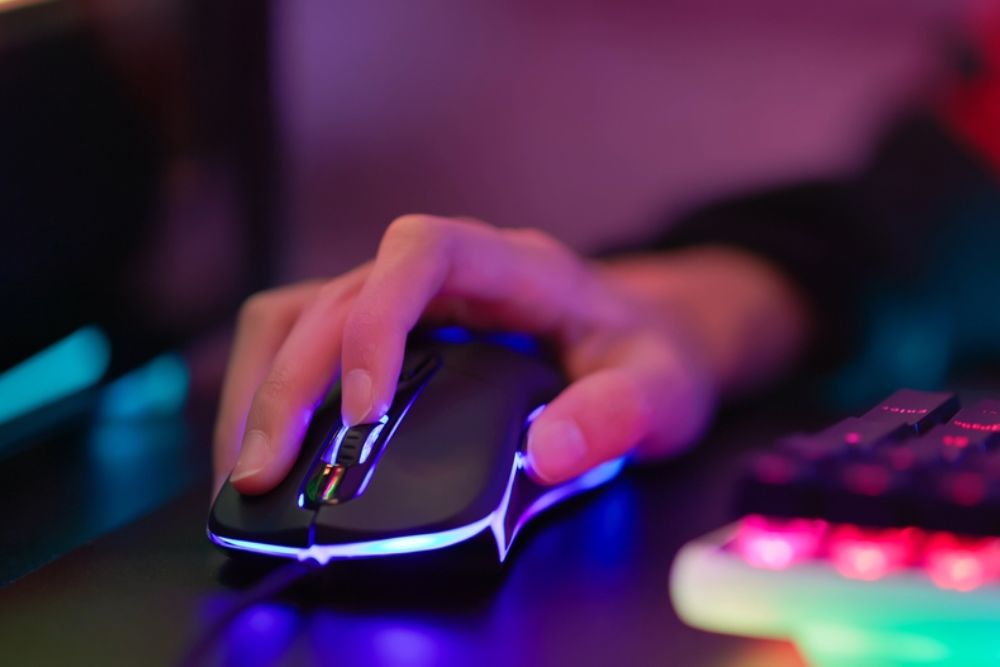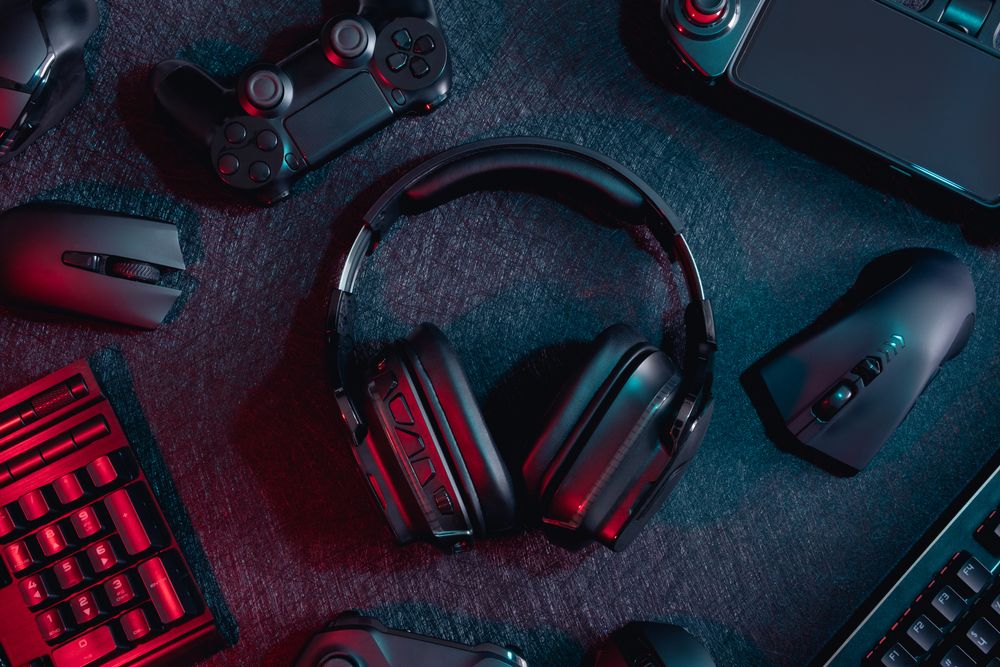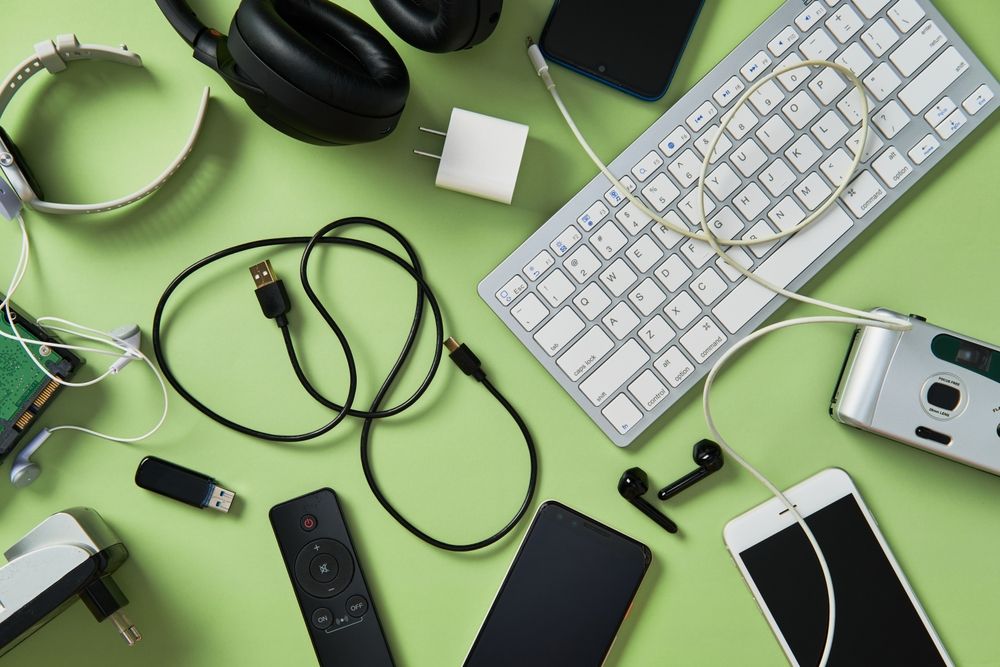A gaming mouse is more than just a peripheral — it’s an extension of your reflexes. Whether you’re dominating in fast-paced shooters, commanding armies in strategy games, or grinding through MMOs, the right mouse can give you a competitive edge. But with so many options available, choosing the best gaming mouse for both precision and comfort can be a challenge.
This guide breaks down the key factors to consider so you can find the perfect gaming mouse that fits your hand, suits your playing style, and enhances your performance.
1. Understand Your Grip Style
One of the first steps in choosing a gaming mouse is identifying how you naturally hold it. Your grip style affects the size, shape, and weight of the mouse that will feel most comfortable.
Three Main Grip Styles:
-
Palm Grip: Your entire hand rests on the mouse. Common in casual or long-session gamers. Best paired with a larger, ergonomic mouse.
-
Claw Grip: Fingers arch upward, with the palm resting lightly. Offers agility for fast clicks. Works well with a medium-sized mouse.
-
Fingertip Grip: Only fingertips touch the mouse, providing maximum agility. Best suited to smaller, lightweight mice.
Knowing your grip style will help you choose a mouse that minimizes fatigue and maximizes precision over time.
2. Choose Between Wired and Wireless
Modern wireless mice have come a long way — with some offering latency indistinguishable from wired options — but each type has its pros and cons.
Wired Mice:
-
Generally cheaper
-
No battery worries
-
Zero latency
Wireless Mice:
-
Cleaner desk setup
-
Greater mobility and freedom
-
Rechargeable or replaceable batteries
If you’re a competitive gamer, wired is still preferred for maximum responsiveness. But high-end wireless models with low-latency tech are now viable for serious play.
3. Prioritize Sensor Quality and DPI
The sensor is the heart of your gaming mouse. It tracks movement and translates it into on-screen action. DPI (dots per inch) measures the sensitivity of that movement.
Key Sensor Features:
-
Optical sensors are more common and ideal for most surfaces.
-
Laser sensors work on more surface types but may introduce slight jitter at high sensitivity.
DPI Guide:
-
400–1,600 DPI: Ideal for precise aiming (especially in FPS games).
-
1,600–4,000 DPI: Good for fast action and high-resolution screens.
-
4,000+ DPI: Mostly for ultrawide or 4K monitors — not always practical.
Many modern gaming mice offer adjustable DPI with on-the-fly buttons so you can customize sensitivity during gameplay.
4. Consider the Weight and Build
Mouse weight plays a major role in comfort and precision — especially in fast-paced genres like FPS.
Weight Guidelines:
-
Lightweight (under 80g): Ideal for FPS and twitch shooters; easier to flick and aim.
-
Midweight (80–100g): Balanced for general use and multi-genre play.
-
Heavy (100g+): Often preferred in MMO and MOBA games for stability.
Some gaming mice come with adjustable weights, allowing you to fine-tune the feel based on your preferences.
5. Look at the Shape and Ergonomics
A mouse that fits your hand well reduces fatigue, improves accuracy, and helps prevent long-term strain.
Ergonomic Considerations:
-
Right-handed designs offer thumb rests and curved shapes for comfort.
-
Ambidextrous mice suit left-handed players or users who switch hands.
ADVERTISEMENT -
Textured grips and matte finishes can help with sweaty palms.
Try different shapes if possible — comfort is highly subjective, and what works for one gamer may feel awkward to another.
6. Pay Attention to Buttons and Customization
Gaming mice typically come with extra programmable buttons that can be mapped to in-game commands or macros — particularly useful in MMOs and strategy games.
What to Look For:
-
2–4 side buttons: Great for FPS or battle royale games.
-
6+ side buttons: Ideal for MMO or MOBA players.
-
Dedicated DPI switch: Helps you adjust sensitivity mid-game.
Make sure the buttons are well-placed and tactile, so you don’t accidentally trigger them — or struggle to reach them.
7. Software and RGB Customization
Most gaming mice come with companion software that allows you to configure performance, lighting, and macros.
Top Features in Software:
-
Custom DPI profiles
-
Button remapping
-
Polling rate adjustments
-
RGB lighting zones and effects
RGB might be cosmetic, but for gamers who want a personalized setup or matching gear, customizable lighting is a welcome feature.
8. Evaluate Polling Rate and Response Time
The polling rate is how often the mouse reports its position to the computer, measured in Hz. The higher the polling rate, the smoother the movement.
Standard Polling Rates:
-
500 Hz: Fine for casual gaming.
-
1,000 Hz: Standard for competitive gaming.
-
4,000–8,000 Hz: Cutting-edge, used in professional eSports (requires high-end systems to benefit fully).
Pair a high polling rate with a low latency wireless connection (or wired) for best real-time responsiveness.
9. Choose a Mouse that Matches Your Game Genre
Different gaming genres demand different features — choosing a mouse designed for your favorite games can dramatically improve performance.
Best Mice by Genre:
-
FPS (First-Person Shooters): Lightweight, accurate sensor, minimal buttons (e.g., Logitech G Pro X Superlight).
-
MMO/MOBA: Multiple programmable buttons, larger size, stable grip (e.g., Razer Naga X).
-
RTS/Strategy: Customizable DPI, comfortable for long sessions (e.g., Corsair M65 RGB Elite).
-
Casual/Multiplayer: All-purpose, budget-friendly mice with decent ergonomics (e.g., SteelSeries Rival 3).
Selecting a mouse built for your playstyle can reduce hand strain and improve reaction time.
10. Set a Budget That Matches Your Needs
Gaming mice come in a wide price range — from $20 to $150+. More expensive doesn’t always mean better, but higher prices often bring better sensors, build quality, and software.
Budget Breakdown:
-
$20–$40: Basic wired mice with solid performance.
-
$40–$80: Mid-range mice with adjustable DPI and some customization.
-
$80–$150+: Premium models with low-latency wireless, high DPI, and advanced software.
Find a mouse that fits your budget without sacrificing the features most important to your comfort and precision.





